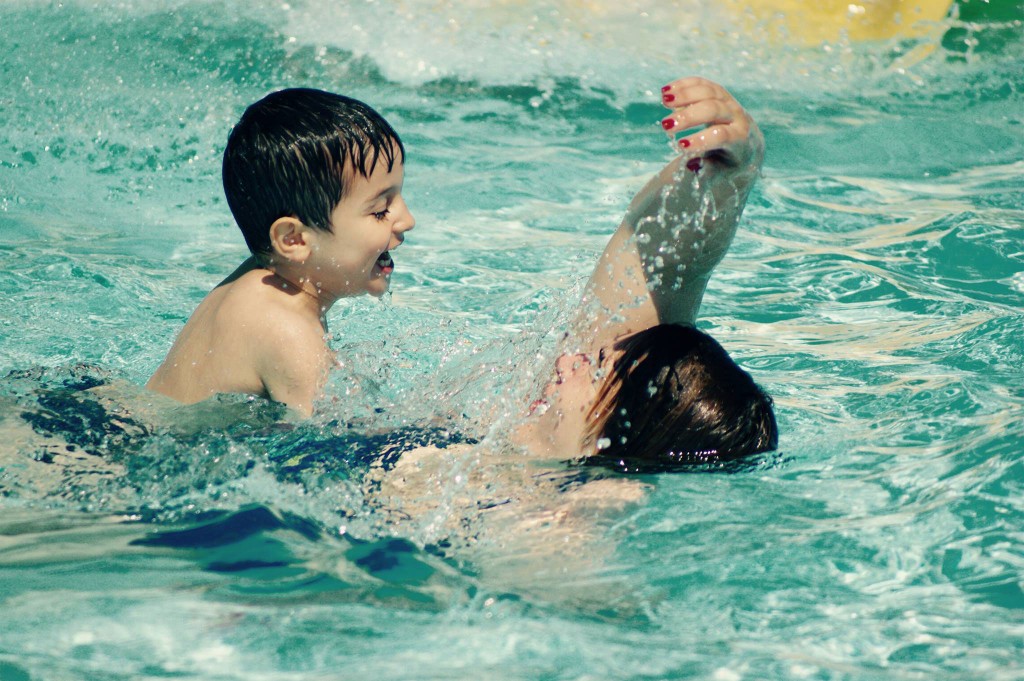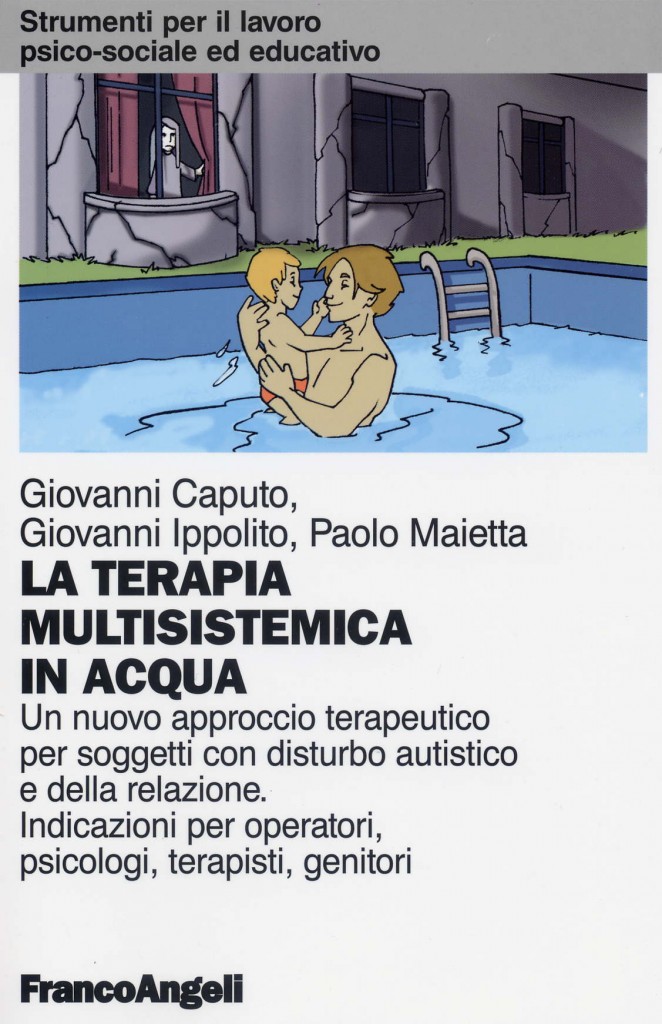The TMA Multisystem Water Therapy Ippolito Caputo Method, is a therapy that uses water as an emotional, sensory, motor activator capable of pushing towards significant relationships those subjects with communication disorders, autism and generalized development disorders.
TMA is multisystem because it evaluates and intervenes in the different functional systems of the child, that is, on the relational, cognitive, behavioral, emotional, sensory-motor and motivational systems.
The Multisistemic Water Therapy (TMA.) Caputo Ippolito Method was launched with the aim of embarking on a global rehabilitation project, which particularly addresses relational, emotional and social integration aspects.
The swimming techniques and the skills acquired during the intervention are used as a vehicle to achieve these therapeutic goals and subsequently implement the fundamental process of socialization and integration with the peer group.
The result of more than 25 years of experience with children with autism spectrum disorders, generalized development disorders and other pathologies, this method was developed in Italy by two psychologists, Caputo Giovanni and Ippolito Giovanni. The latter is also the author – together with Gambatesa Maria Michela and Sanity Maria Lucia Ippolito – of the famous tale “Calimero and the Special Friend”, a didactic story written to improve the integration of autistic children at school.











